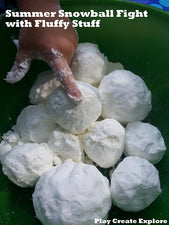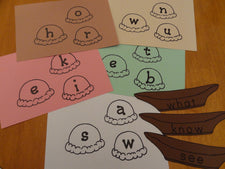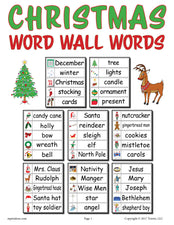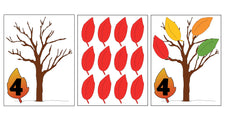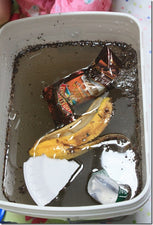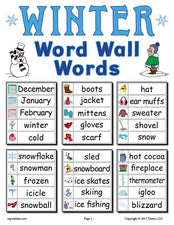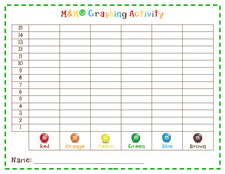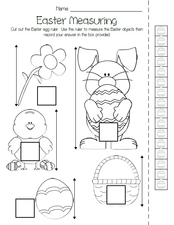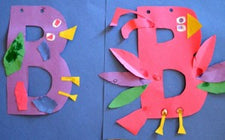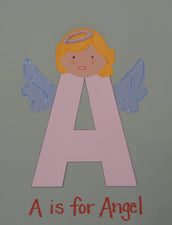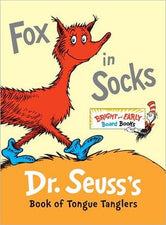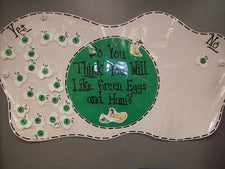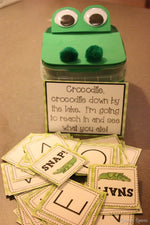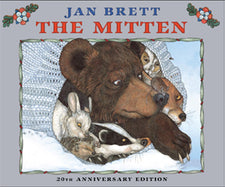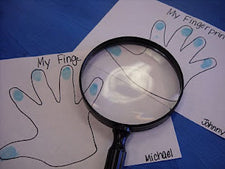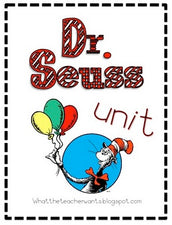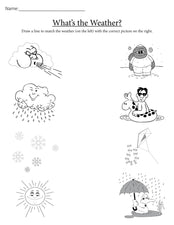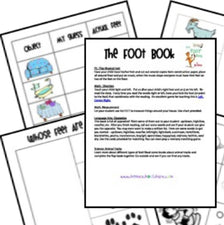The Science of Wrecking Balls!

This is another great lesson to incorporate during your preschool construction theme – wrecking ball science! Not only will it help your students make connections in physics, much to their collective delight, they’ll get to experiment with controlled demolition! Who doesn’t like knocking towers over!
Experiment Procedure
Kim, creator of the blog Mom Tried It and contributor to No Time For Flash Cards, provides a wonderful tutorial for this experiment. She includes:
- A list of needed materials.
- Step-by-step set-up instructions.
- Picture instructions for each step.
- Observations, suggestions, and pointers.
Experiment Fun
Let your students be as creative as they please… While you’ll probably pull out the classroom block set for experimentation, allow your students to use other materials they find too. Pull up the recycling bin and offer your students the menagerie of cardboard cereal boxes, plastic bottles, cans, and small plastic containers for demolition. Empty your stuffed animal shelf and have your students explore the difference between demolishing the plush toys versus the rigid blocks.
But challenge them as well… Give them specific targets to aim for (e.g. the bottom of the stack, the green block, the left side, etc.). Have them discuss how to adjust the wrecking ball string and the angle of the ball to accomplish these tasks. Give students a specific number of wall “items” to knock down (e.g. displace the top three blocks, knock over all of the blocks, etc.). Have your students discuss not only the adjustments needed for the wrecking ball string, but how ball speed and moving closer or father away will affect the number of blocks knocked over.
Above all, allow students to direct their own experiments. No suggestion (unless dangerous, of course) is too silly to try. By allowing your preschoolers to be “in charge” of the exploration, they’ll gain an appreciation for scientific discovery as well as learn how to ask questions that can later be investigated!
